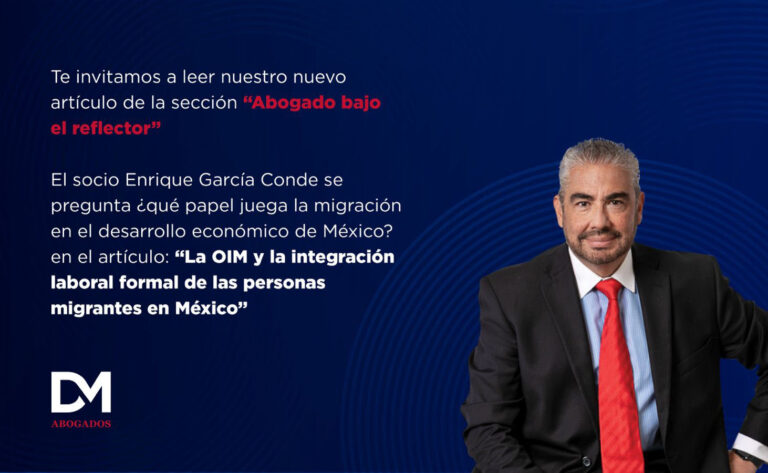The numbers from the Department of Labor and Social Welfare show a much more challenging panorama in regard to the salary revisions that take place in this year of 2023. The first and most important element has to do with the change in the trend of salary increases versus inflation; prior to 2022 the trend remained at half a point or at a maximum of one point above inflation; today we see that this variation is significantly exceeded in the general average of increases throughout the Republic, and even, in some states, the exercise of the salary revision can exceed four percentage points above the country’s inflation.
Why are we living this? Three main causes are identified:
The first one has to do with the pressure generated by the increase to the minimum wage, which, in average, has reached a 20% increase in the last five years, which has had an impact on the workers’ income tabulators and every day the difference with the highest categories decreases and this brings, as a consequence, the requirement of also raising the salaries of the most specialized talent.
The second reason is related to the trend of inflation itself, as we come from a 2022 which almost reached double digits in price increases, thus, the Collective Bargaining Agreement (CCT) revisions were based on very high parameters. The inflation trend decreases in 2023, but workers’ expectations do not do so at the same rate, causing strong pressure on the definition of increase agreements.
Lastly, and possibly the most complex of all, has to do with the pressure being exerted by unions in the negotiation tables, on the one hand because of the challenge posed by the ratification of the CCTs through consultation, and on the other by the fact itself of seeking arguments to maintain their position as representatives of the workers.
The foregoing is forcing us to evolve the collective bargaining scheme toward a real exercise, with authentic arguments that seek to obtain a balance between the improvement of the workers’ conditions in line with those of the company. This need translates into four elements that must be prepared differently today:
- CCT costing and calculation of the revision parameters: in the past the salary revision figures depended more on budgets, in accordance with the business plan, than on a labor analysis to ensure stability and avoid conflictivity. Today our starting point is the principle of reality required by the courts that now play a role in the solution of collective disputes. The evaluation of the cost of the impact of salary increases becomes a factor not only as a basis for the revision, but an argument in face of the legal process to obtain the agreement.
Therefore, a detailed model is required to determine costs, arising from scenarios based on salary competitiveness and the benefits that take the actual possibilities of the business into consideration and, above all, has real arguments to be communicated to the workers within the framework of the consultation for ratification.
- Negotiation plan: the definition of the negotiating commission on each side, the financial, productivity and labor arguments require a careful design. The old plan of wearing the other party out and haggling does not work anymore. Today we have to design the architecture of the revision based on the objectives that are sought to be reached, grouping the clauses in accordance with feasibility and impact but, particularly, based on the analysis of the true interests of the workers and the needs and possibilities of the business.
- Preparing the negotiating team: this is probably one of the key factors. In the past, given that the revision did not pose a true challenge, it did not require highly developed knowledge and experience; this has led us to have few people with true experience in conflictive negotiations. We now have state of the art tools for the preparation of negotiation teams, where, based on the analysis of each person’s profile, it is possible to adapt each person’s role and the manner in which it will add value to the team, and it is even possible to identify behaviors that are detrimental and can negatively affect the agreement.
Thus, it is possible to plan the intervention of the team in each stage of negotiation, also taking the counterparty’s profile into consideration. In this sense, negotiation profile evaluation tools have been very useful. This preparation also entails a strong focus on the management of emotions, as we are beginning to face much more aggressive behaviors by the unions in the negotiation table, in face of which only expert training can help achieve effective management.
- Communication strategy toward the workers: in the past it was sufficient to convince the union leader; today, the true challenge is in regard to achieving influence on unionized workers so that the agreement can be ratified in the consultation. In this sense, it is fundamental to develop an information and sensitization strategy both before the negotiation table, during the course of it and afterward, that allows the parties’ expectations to be realistic; in this line, the company plays a fundamental role as a party to the agreement.




